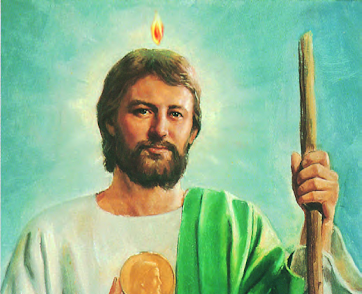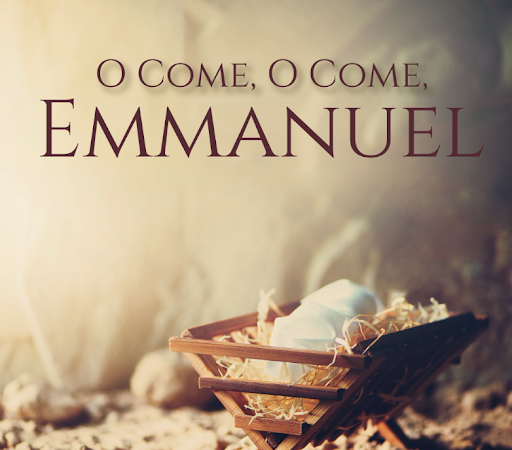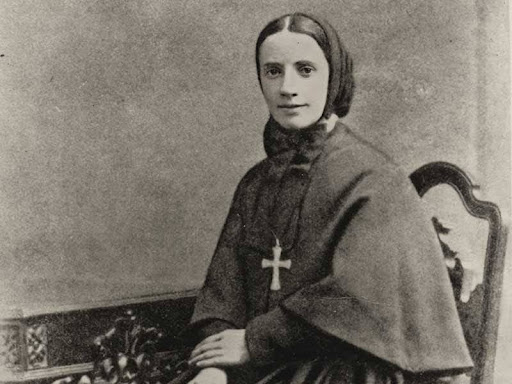The name St. Jude is a very well-known one in our world today, but really, who is St. Jude? Upon hearing that he is the patron saint of “lights at the end of the tunnel,” it sparked my interest. Since his feast day is coming up on October 28th, I decided to learn about who St. Jude was as a person and why this interesting patronage was given to him.
St. Jude was born into a Jewish family in Galilee, the brother of St. James the Less and a cousin to Jesus. One of the original 12 apostles, he is known as “Thaddeus” and “Judas, not Iscariot” in the Gospel, even though these forms are uncommon today. He is most remembered for his role at the Last Supper, asking Christ why He would not show Himself to the world after the Resurrection. There is little else known about the early life of St. Jude, but the mere fact of his apostleship is more than enough to show his deep and unfailing trust and love in God. These traits would carry him to do many great acts of faith, and inspire others to do likewise.
After the Ascension, St. Jude went on to preach in Judea, Samaria, and Galilee, teaching about the love of Christ. He continued to preach to the entirety of the Fertile Crescent, Libya, Turkey, and Persia with St. Simon, and is even said to have instituted the Armenian Church. In the year 60 A.D., St. Jude wrote an epistle to the eastern Christians, instructing them to stay strong in their faith, even in difficult times. He inspired so many ordinary people to foster an extraordinary faith in Jesus, and to do great things with that love. Because of this epistle and its wondrous effects on others, St. Jude became the patron saint of desperate and impossible causes due to the unheard of acts of faith and miracles God worked through these people.
St. Simon and St. Jude died together as martyrs in either Armenia, Syria, or Persia, testimonies to the greatness of God with their lives. Their remains were moved to Rome afterwards and placed in a crypt underneath St. Peter’s Basilica, where they still reside today. Even after his passing, St. Jude is still very active in the life of the Church today. St. Bridget of Sweden and St. Bernard have had visions from God telling them that he is “the Patron Saint of the Impossible.” St. Jude is constantly asked to pray for seemingly hopeless causes and gives hope to many. He is the patron saint of many modern organizations, including St. Jude’s Cancer Research Hospital and the Chicago Police Department. St. Jude will always be on the minds and hearts of many, bringing us all closer to God.
In imagery, St. Jude is often portrayed with the likeness of Jesus, relating to his experience with the power of God’s very image. When King Abagar of Edessa was afflicted with leprosy, he asked that Jesus would heal him from his illness. Moved by this act of faith, Jesus made an imprint of His face on a cloth and entrusted it to St. Jude to bring to the king. Upon receiving the cloth, King Abagar was instantly cured. St. Jude is also commonly shown with a tongue of fire over his head, reminding us of his presence at Pentecost. In every likeness, however, his is a solemn, reverent expression, pondering the things of the next life, instead of the current one.
St. Jude’s life both on Earth and in Heaven is one that should inspire us all to trust in God’s infinite love and mercy, and His power to help us whenever and wherever we need it. His own faith in Jesus Christ helped so many others to become Children of God. May we all learn to pray to him for assistance even without the desperate situations, for faith, hope, and love help us in even the most mundane moments of life. St. Jude, pray that we may one day have faith as great as yours.
By Elisabeth Smith ’28, Middle School Editor



















